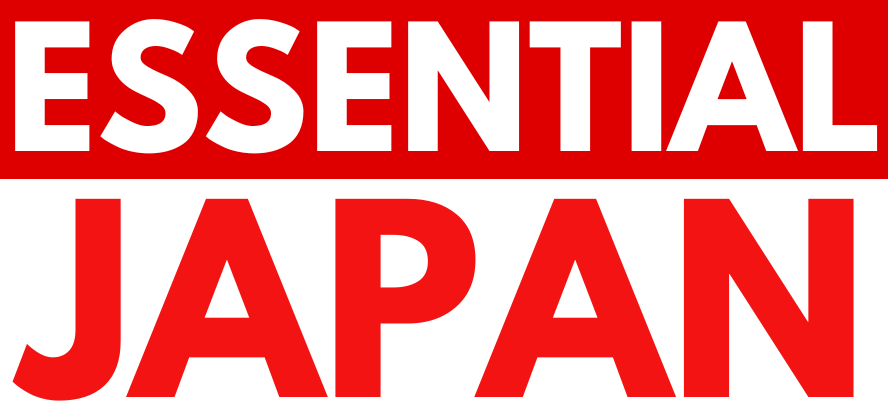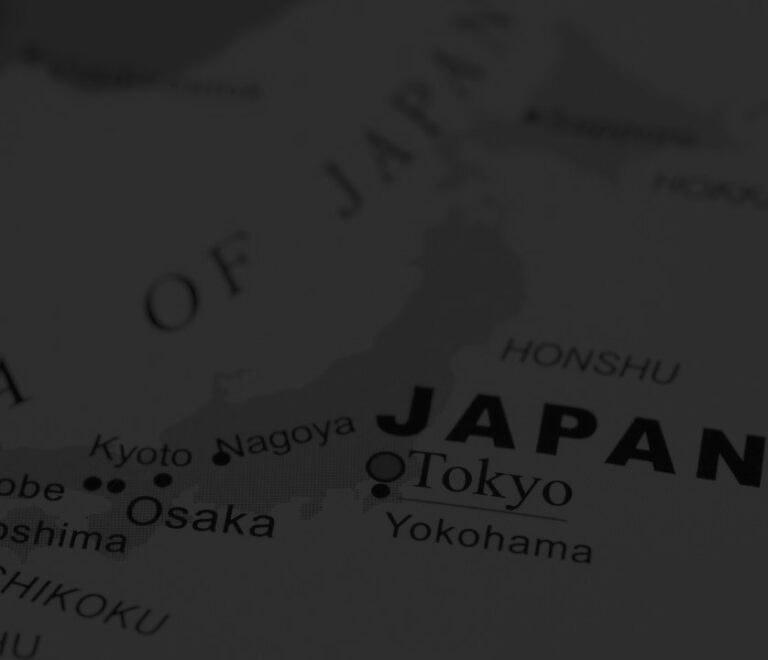Gifu Prefecture
Where is Gifu?
Gifu Prefecture is centrally located in the Chubu region of Japan’s largest island Honshu.
It borders Nagano Prefecture to the east, Toyama Prefecture to the north, Ishikawa and Fukui Prefectures to the west, Shiga Prefecture to the south-west, and Aichi Prefecture to the south.
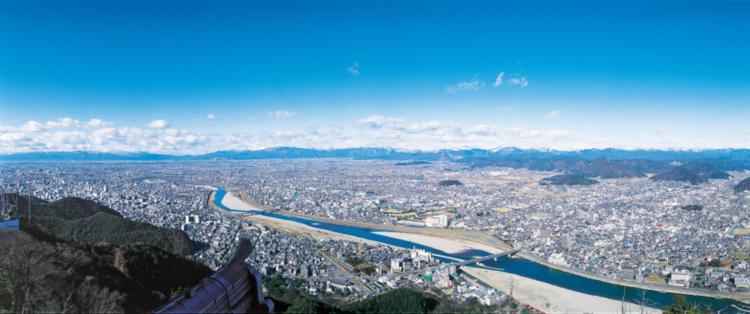
The north of the prefecture is relatively rural but Gifu City forms part of the Chukyo metropolitan area which is centered around Nagoya in neighboring Aichi Prefecture.
This is the 3rd most populous urban area of Japan after Greater Tokyo and the Keihanshin (Osaka-Kobe-Kyoto) area.
What is Gifu known for?
Takayama (also known as Hida-Takayama) in northern Gifu is famous for its well preserved Edo era streets.
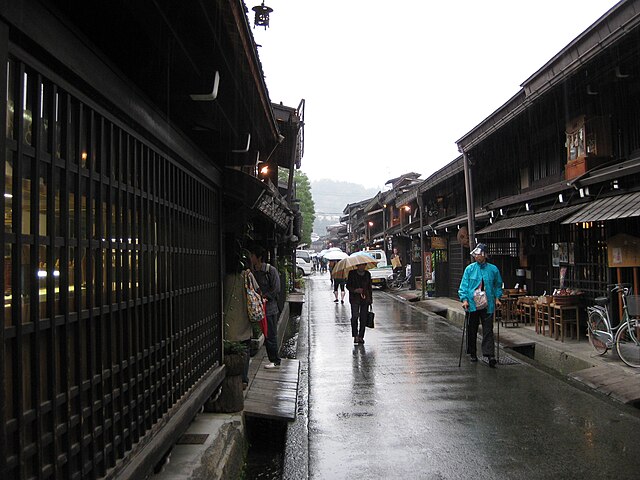
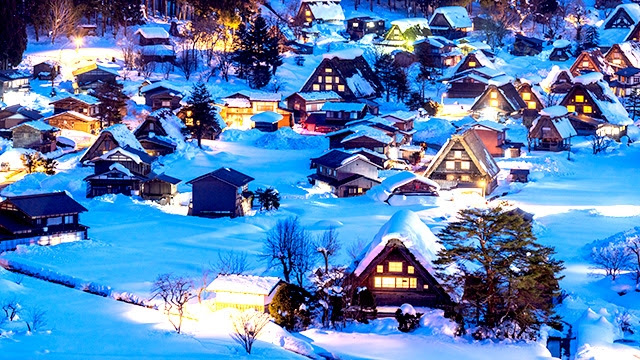
The prefecture is also home to Shirakawago, a UNESCO World Heritage Site nestled in the Japanese Alps which is renowned for the unique architectural style of its traditional Gassho-zukuri farmhouses.
Each year during winter, the village of Shirakawago attracts tourists from across the world thanks to its seasonal illuminations.
The Battle of Sekigahara took place near the town of Sekigahara in Gifu. This was a pivotal battle in the history of Japan and marked the rise of the Tokugawa Shogunate and the beginning of the isolationist Edo Period.

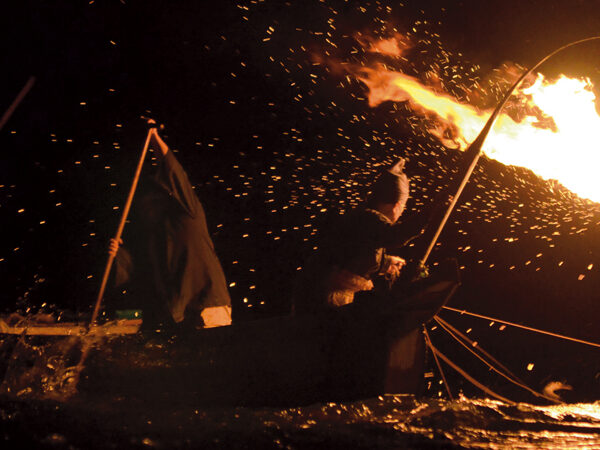
Gifu City is famous for cormorant fishing, where fishermen use Japanese cormorants to gather fish on the Nagara River.
It takes at least 10 years to be considered a master of this fishing technique and masters are granted the hereditary title “Cormorant Fishermen of the Imperial Household Agency”.
Where should I visit in Gifu?
Gero Onsen is consistently rated as one of the best hot spring areas in Japan.
Visitors are often attracted to its retro appeal as the town has a large number of 20th century concrete buildings which is a contrast to the stereotypical “traditional” architecture often found in some onsen towns.
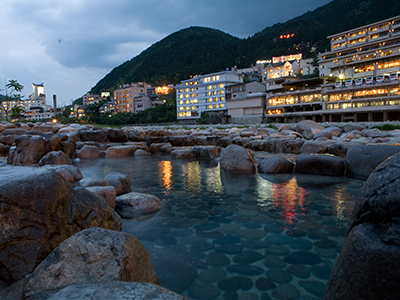
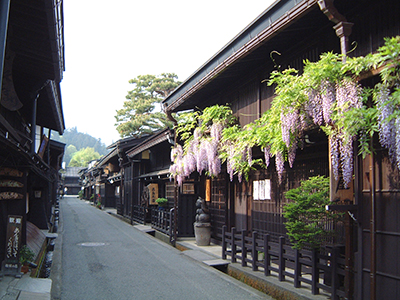
Takayama is the major transportation hub in northern Gifu and is known for its well preserved traditional Japanese townscape, as well as a large number of museums covering local culture, festivals and historic buildings.
Hida Folk Village in Takayama is an open air museum which is a recreation of a traditional Japanese folk village and Gassho-zukuri farmhouses.
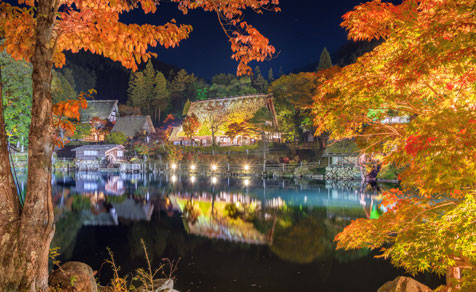
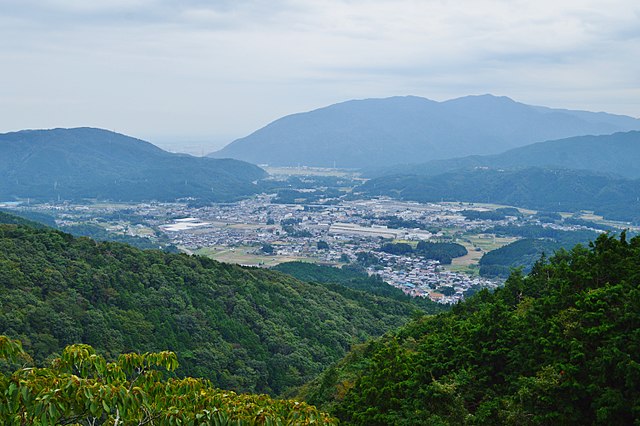
Sekigahara makes a great day trip in Gifu as due to the towns small size the entire battlefield can be covered in a single day. It is also easily accessible from neighboring areas including Kyoto, Nagoya and Kanazawa.
The town is often quiet and does not attract regular crowds of tourists, although it does occasionally see a large number of school tours due to its historical significance.
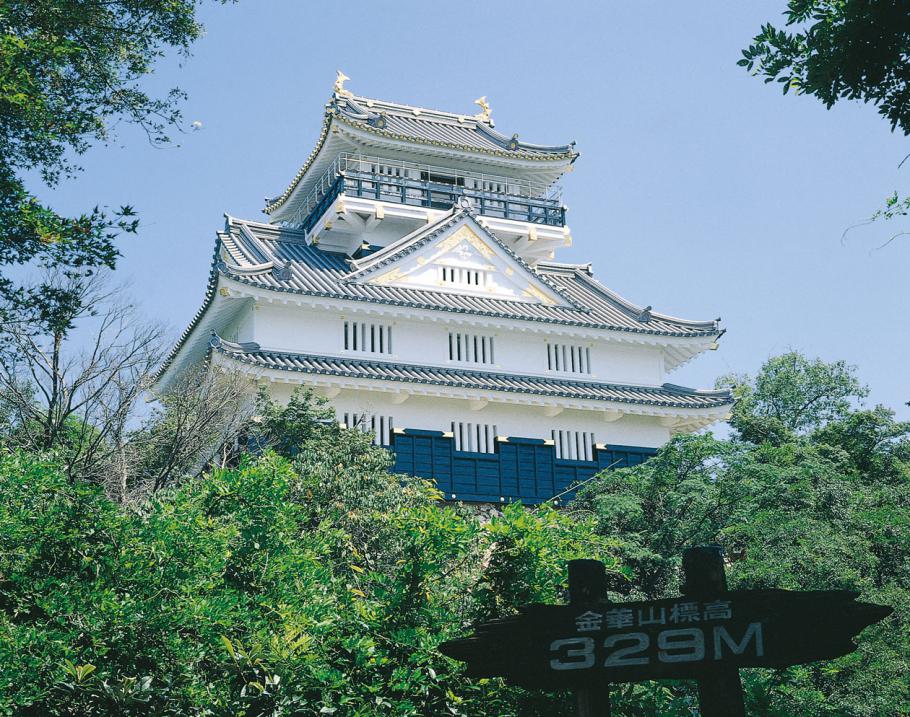
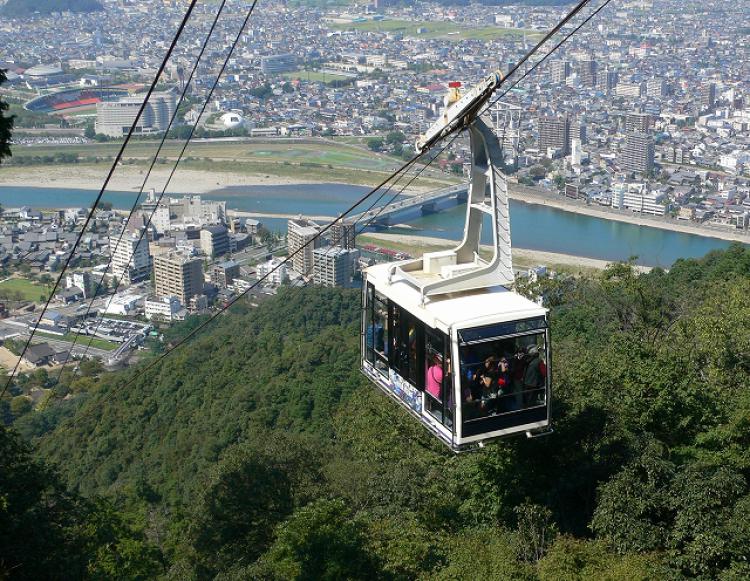
Visitors to Gifu City can visit Gifu Castle which sits on top of Mount Kinka, a 329m tall mountain. A ropeway provides convenient access to the peak from nearby Gifu Park.
Gifu City is also host to Cormorant Fishing on the Nagara River, an event where visitors can view traditional fishing from special viewing boats.
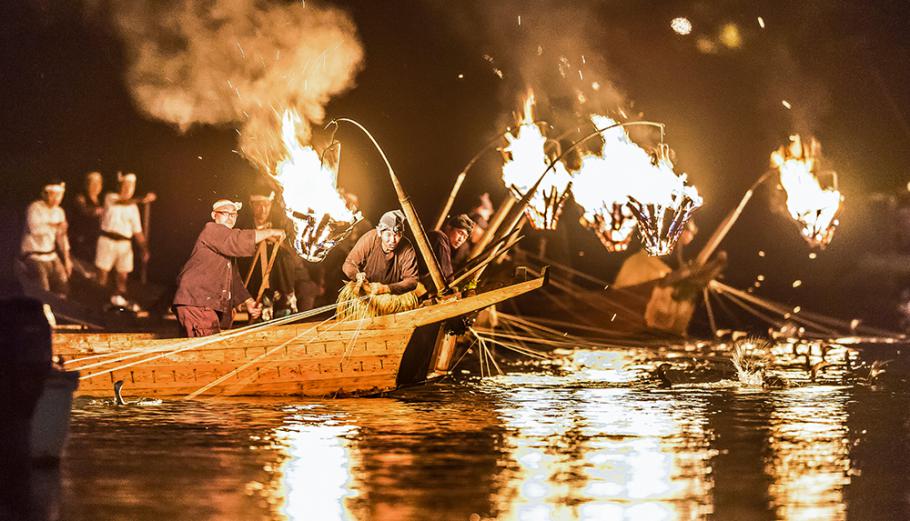
Visitors watching the fishing can also enjoy refreshment boats selling snacks and dancing boats, which are floating stages featuring traditional dancers, as well as fireworks.
When is the best time to visit Gifu?
Gifu Prefecture experiences a varied climate throughout the year, influenced by its mountainous terrain and landlocked location.
Spring sees mild temperatures and occasional rain showers.
The landscape comes alive with blooming flowers and cherry blossom trees, making it a beautiful time to visit.
Summer brings hot and humid weather, often accompanied by rain.
Despite the heat, the mountains offer cooler air, and outdoor activities like river rafting and camping become popular.
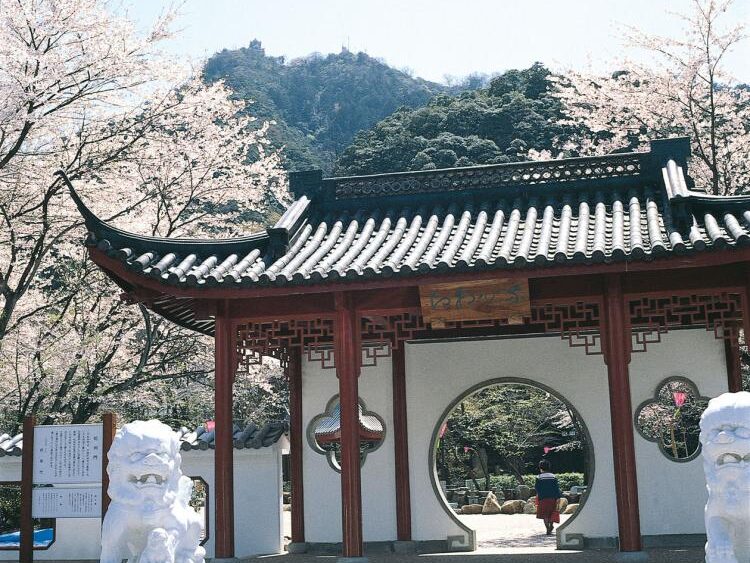
Autumn is characterized by pleasant temperatures and clear skies. The leaves of trees turn vibrant colors, creating stunning autumn foliage.
This season is ideal for hiking and enjoying nature.
Winter brings cold temperatures, especially in the mountainous north of the region, with significant snowfall.
Winter sports like skiing and snowboarding become popular, while hot springs offer a relaxing escape from the cold.
All Events in Gifu
Tours and Activities in Gifu
None found.
Where should I stay in Gifu?
Choosing where to stay in Gifu Prefecture will depend on your budget and whether your itinerary is best served by staying in the north or south of the prefecture.
Visitors to the north of the prefecture will likely base themselves in Takayama.
Those interested in visiting the south are recommended to head to Gifu City or nearby Nagoya.
Budget travelers will do well to select from any of Japans budget or business hotel chains such as HOTEL LiVEMAX, APA Hotel or Washington Hotel which can all be found Takayama, Gifu and Nagoya.

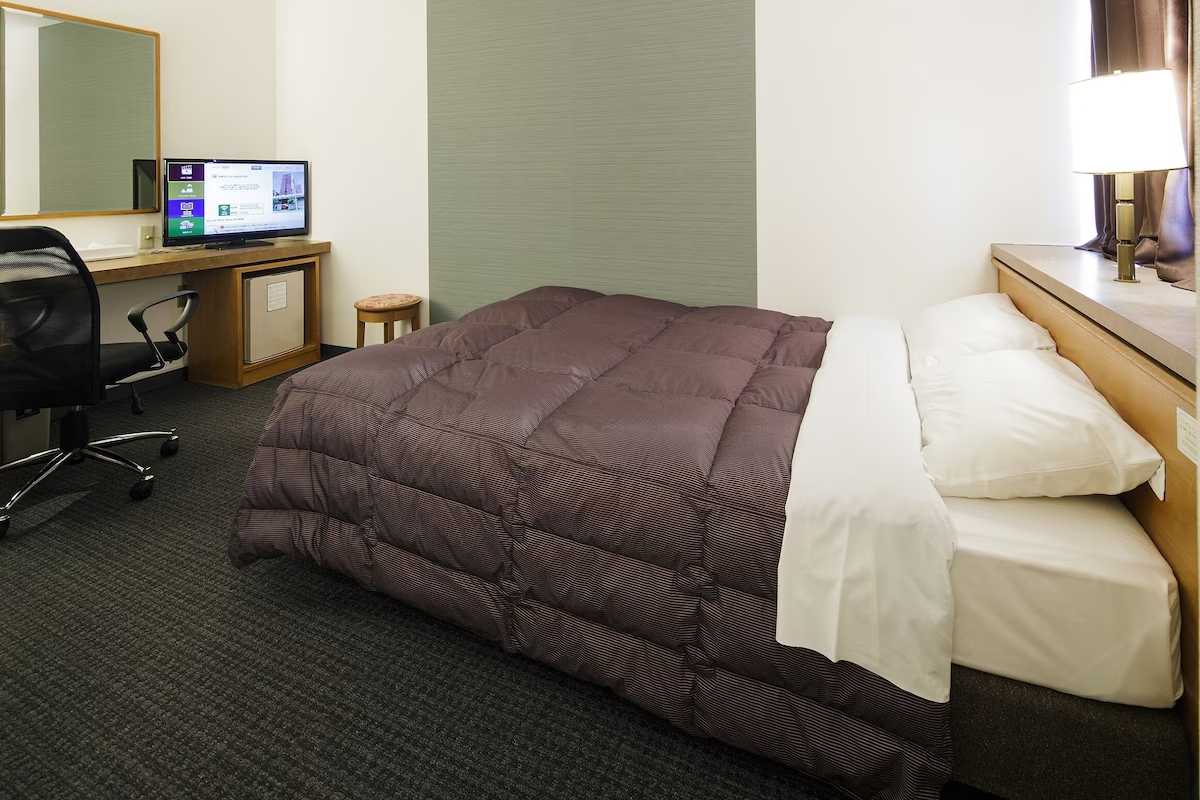
Hotels will generally be more affordable in the south of the prefecture due to the combined metropolitan area of Nagoya and Gifu.
Takayama in the north of Gifu also has a reasonable selection of budget hotels as well as a number of luxury Japanese inn (ryokan) and hot spring (onsen) style resorts.
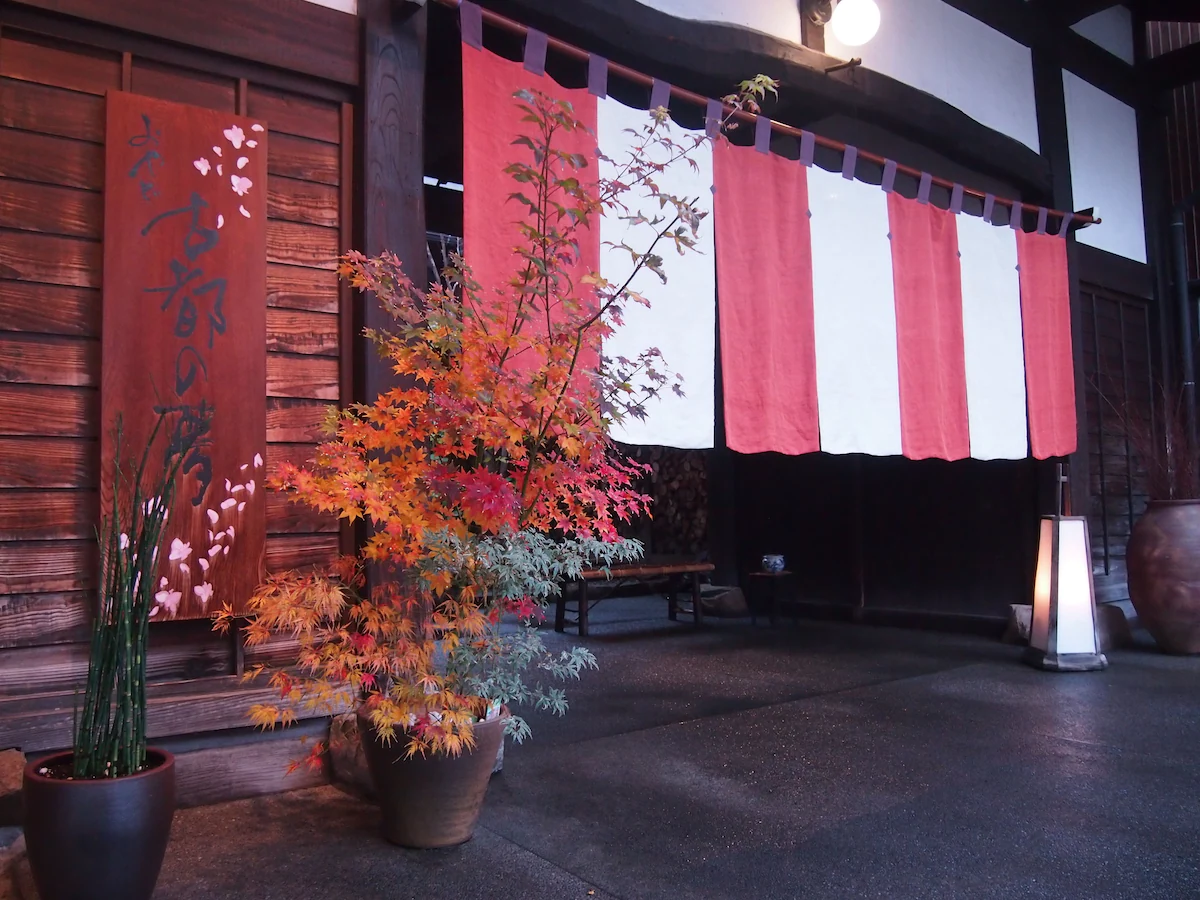
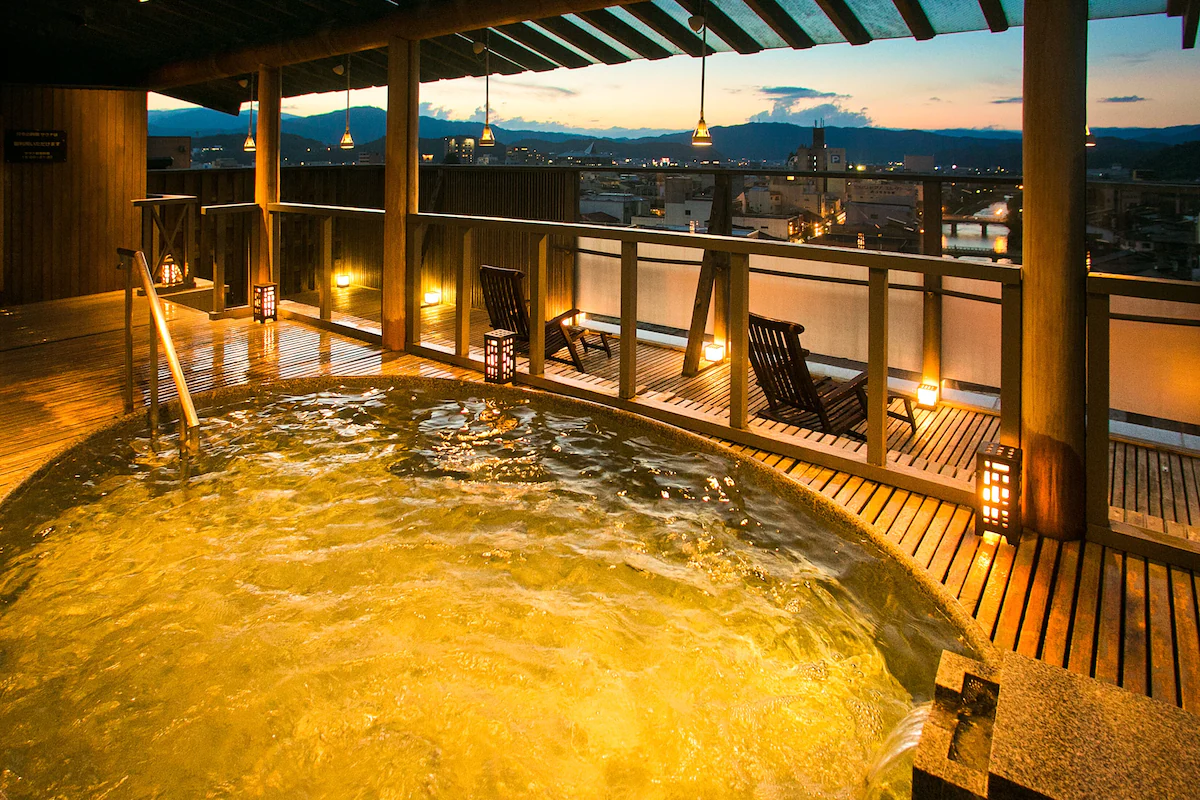
If you plan to visit attractions that are far apart, it can be beneficial to move accommodation frequently to make sure you can get to each attraction at the optimal time.
For those travelling light this can be easy, but it is also realistic for those with bigger or larger quantities of luggage thanks to luggage transfers through companies like Sagawa or Yamato Transport.
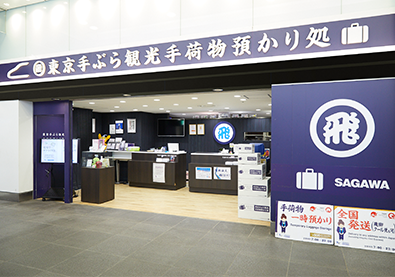
Luggage transfer services can be arranged to collect your luggage from either your hotel or a nearby service counter with next or same day delivery to your subsequent accommodation.
This is a common service in Japan and most hotels will be able to arrange this for their guests.
How do I get to Gifu Prefecture?
A limited number of Tokaido Shinkansen services stops at Gifu-Hashima Station within Gifu Prefecture each day.
For visitors travelling from Tokyo or Osaka, it will likely be easier to get the Shinkansen to Nagoya and switch to a Tokaido Main Line train bound for Gifu Station.
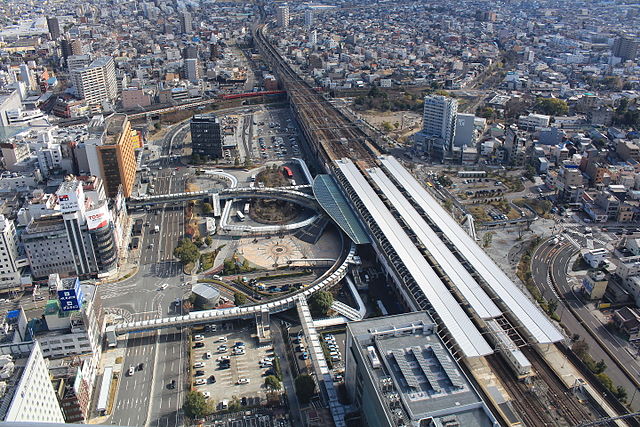
The JR Tokaido Main Line runs from Tokyo to Kobe and passes through Gifu City as well as a number of towns such as Sekigahara.
The JR Takayama Line runs north to south through the prefecture and serves popular destinations like Gifu City and Takayama.
Chubu Centrair International Airport, located in Aichi Prefecture to the south, is the closest international airport to Gifu. From the airport, visitors can take a train or bus to Gifu.

Gifu City is directly connected to Chubu Centrair International Airport by the Meitetsu Line railway.
No tags for this post.